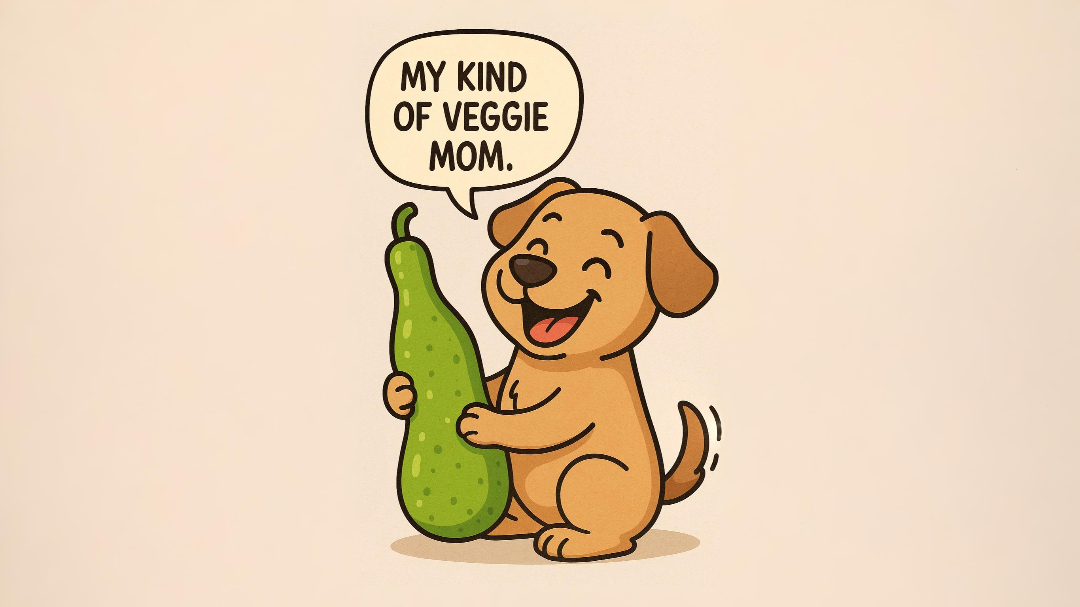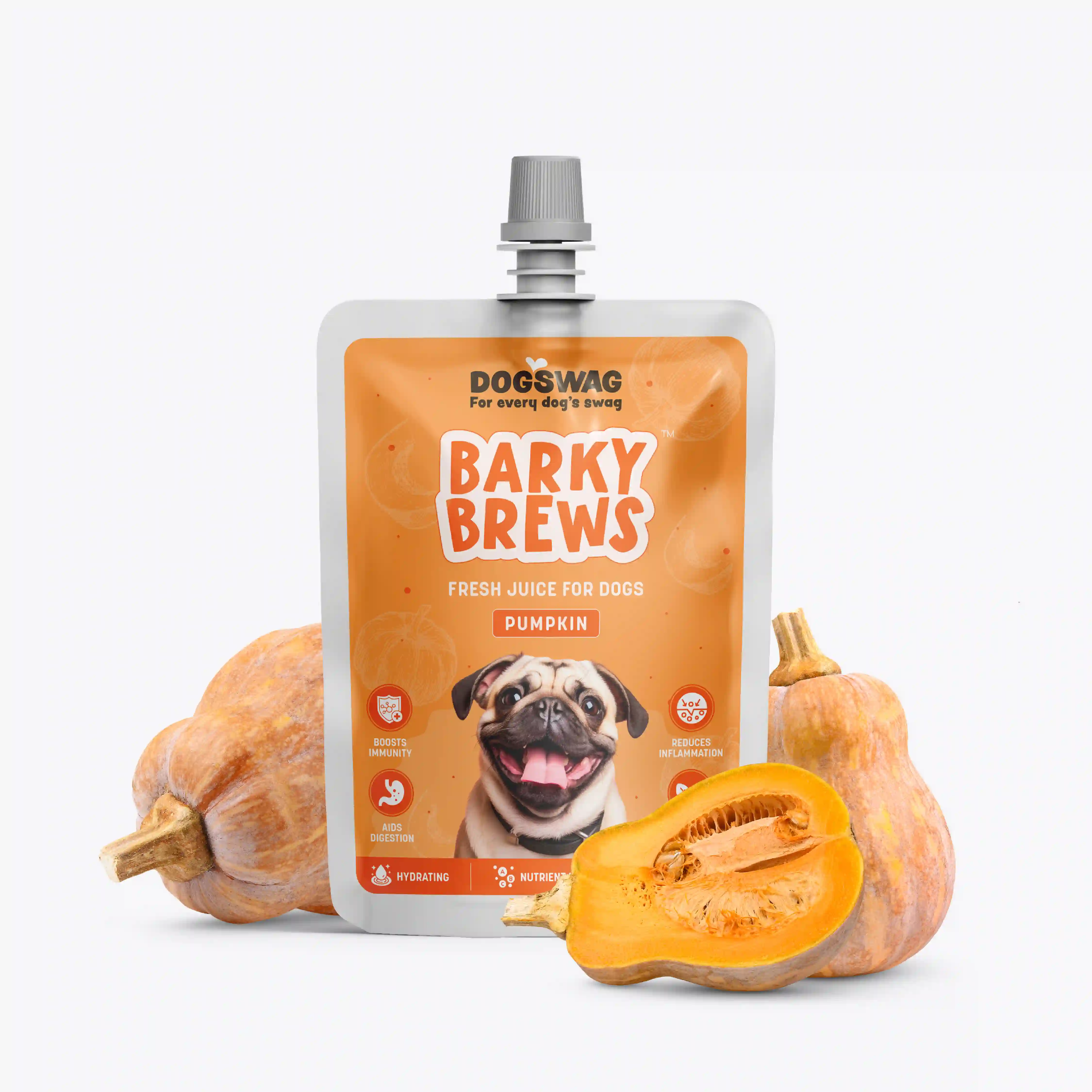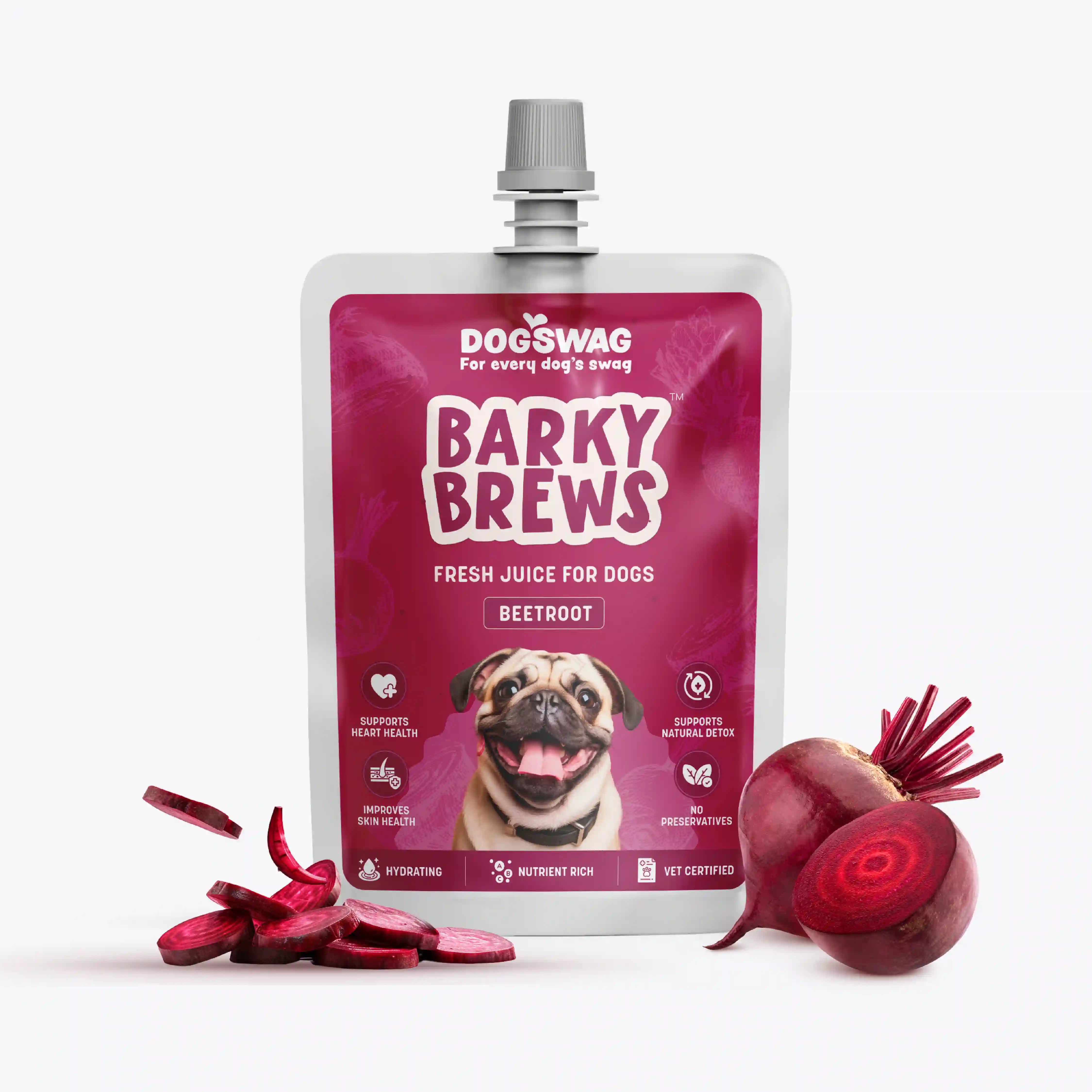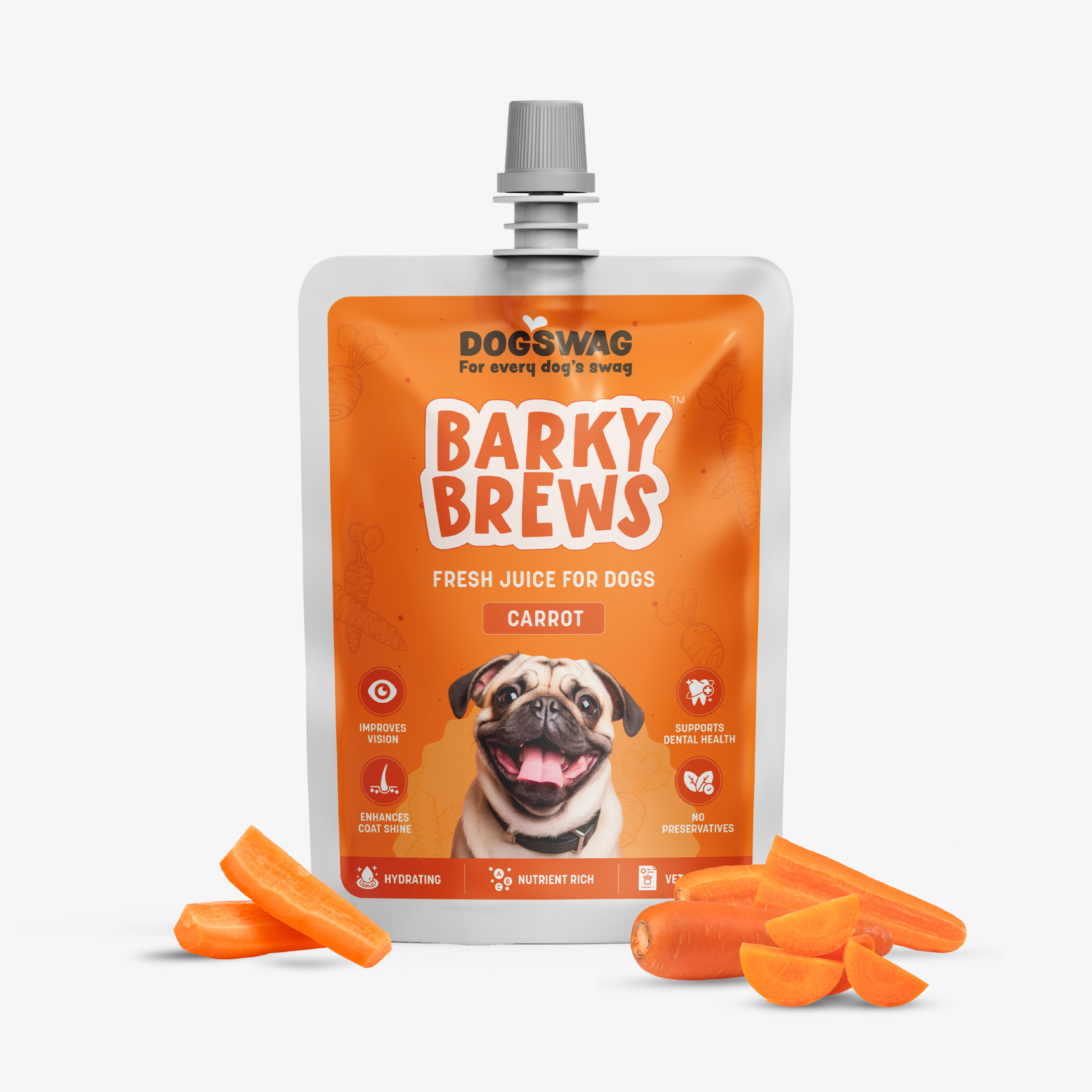
Can Dogs Eat Bottle Gourd? Here’s What Happens When You Add It to Their Home-Cooked Food (Week-by-Week)
The short answer? A phenomenal YES. Bottle gourd (also known as lauki or doodhi) is one of the most underrated yet powerful vegetables you can add to your dog’s home-cooked meals. But what really happens when you consistently include it in their diet? Let’s break it down week-by-week, so you can see how this simple veggie quietly transforms your dog’s health over 12 weeks.
Week 0–1: Detox and Cooling Begin
Bottle gourd is over 90% water and acts as a natural coolant and gentle detoxifier. Whether your dog is recovering from medications or you just want to support overall wellness, this veggie helps.
You might notice your dog peeing more than usual. That’s a good thing—it means the kidneys are getting a little help flushing out toxins.
Why this matters: in a world where so many dogs eat dry or processed food, adding a water-rich vegetable like bottle gourd can give their system a much-needed reset.
Week 1–2: Smoother Poop, Happier Gut
If you want to know how your dog is doing, always check the poop.
Bottle gourd is soft on the stomach, high in fiber, and gentle on digestion. Just a week or two in, you'll likely notice better-formed stools and fewer signs of gut discomfort.
If your dog has been skipping poops, straining, or having loose stools—this one simple change can help get things back on track.
Week 2–3: Internal Hydration, Especially for Kibble-Fed Dogs
If your dog eats kibble or any dry food, there’s a good chance they’re not drinking enough water.
This is where bottle gourd works like a charm. Its high water content helps hydrate your dog from within, supporting urinary health and overall metabolism.
A small addition can prevent bigger problems. And if you’d rather skip the prep work, check out Barky Brews Fresh Juices for Dogs. These are lab-tested, preservative-free, and designed for hydration support.
Week 3–4: Appetite and Energy Reset
Around this time, you might notice your dog showing better appetite, more enthusiasm at mealtime, and improved post-meal energy.
This is your dog’s body finding its rhythm again. Especially helpful if you have a picky eater, or a senior dog that needs a bit of a nutritional lift.
Week 4–5: Gentle Weight Management
If your dog is overweight or has been gaining weight on a home-cooked diet, this is a good time to introduce bottle gourd regularly—around 3 to 4 times a week.
It’s low in calories and high in fiber. That means it helps your dog feel full while reducing excess carbohydrates in the diet. Combined with light exercise or mental stimulation, this can contribute to safe, steady weight loss.
Week 5–7: Anti-Inflammatory Benefits and Better Energy
This is when you may notice your dog feeling lighter after meals and moving more comfortably.
Bottle gourd contains natural antioxidants that support reduced internal inflammation. That’s especially helpful for aging dogs or dogs with joint stiffness or early signs of arthritis.
You’re not just feeding a vegetable—you’re offering natural support for healing from the inside.
Week 7–9: Gut Repair and Skin Glow
By now, the gut health transformation is clearer.
Toxins are being flushed, digestion is more regular, and the body starts absorbing nutrients more efficiently. Many pet parents report that their dog’s coat starts looking shinier and healthier during this phase.
This isn’t a miracle—it’s just the body functioning better with support from clean, water-rich, fiber-rich food.
Week 9–12: Cooling from Within and Clearer Eyes
As the summer heat rises, your dog may usually pant more or feel overheated. But with bottle gourd in their meals, you may notice better heat tolerance and more stable water intake.
Some pet parents even observe reduced tear staining and clearer eyes. This is often linked to lower toxin load in the system.
It's a subtle but visible difference—especially in long-term health and daily comfort.
How Much Bottle Gourd to Feed Your Dog
- Small dogs: 1 to 2 teaspoons, 2–4 times per week
- Medium dogs: 1 tablespoon
- Large dogs: Up to 2 tablespoons
Always boil or steam it. Never serve it raw. Taste it before cooking—if it’s even slightly bitter, do not feed it to your dog.
No salt, no spices, no oil. Keep it simple.
Final Thoughts: The Most Underrated Veggie in Dog Nutrition
Bottle gourd doesn’t have the visual appeal of pumpkin or carrots—but it works quietly and effectively.
It hydrates. It heals. It supports digestion, weight, kidneys, skin, and energy. As a pet parent, you don’t need gimmicks—you need things that work. And this one does.
My verdict? 5 out of 5. Give it 4 to 6 weeks, and you’ll likely become a fan for life.
Want a Simpler Option?
If you don’t have the time to cook or prep veggies daily, try our Barky Brews Fresh Juices for Dogs.
Available in three functional variants:
- Pumpkin
- Carrot
- Beetroot
Vet-formulated, lab-tested, preservative-free, and crafted for everyday wellness. You’ll find them below—your dog will thank you later.




